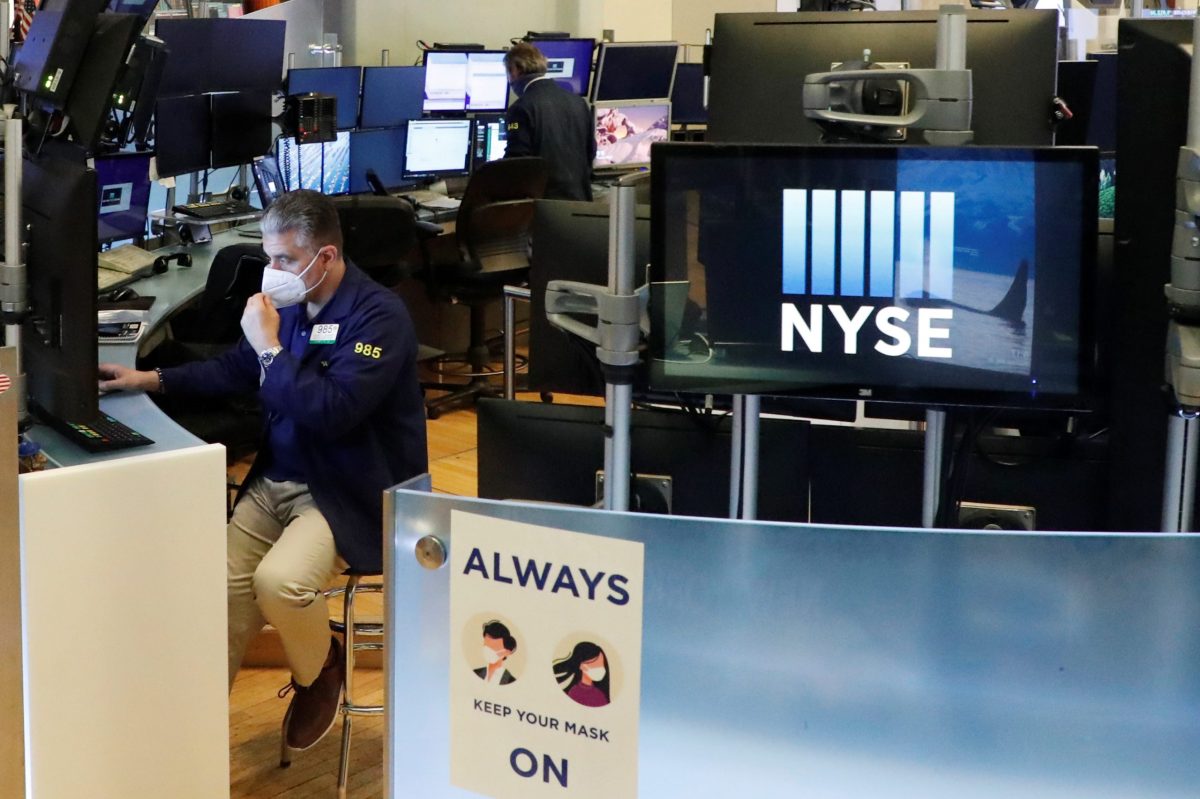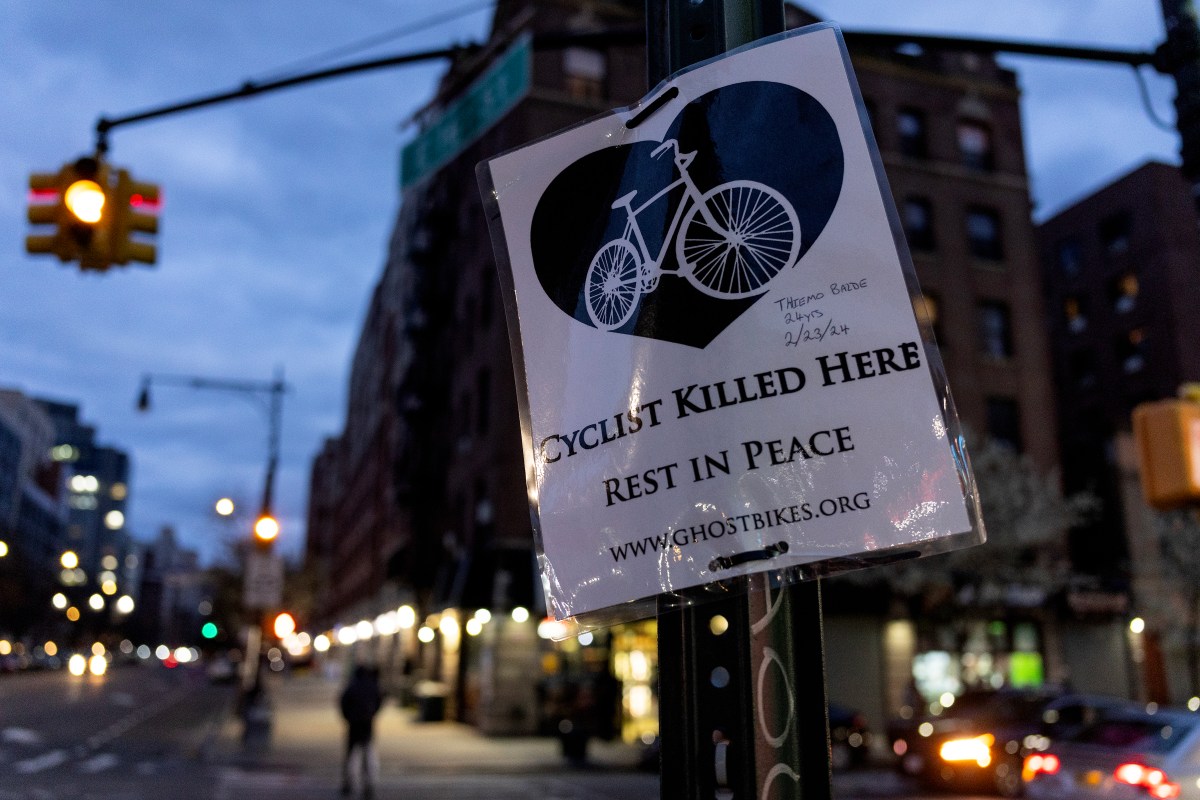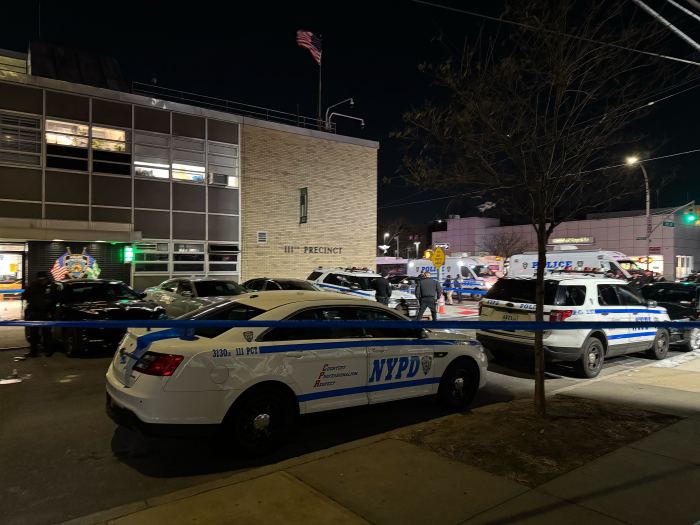BY MEDHA SINGH AND AMBAR WARRICK
Wall Street’s main indexes rose on Wednesday following upbeat services industry survey and Disney’s surprise quarterly profit, with sentiment aided by signs that a coronavirus fiscal relief package was imminent.
White House negotiators on Tuesday vowed to work “around the clock” with congressional Democrats to try to reach a deal on the package by the end of this week.
“The Democrats and the Republicans have to come together like The Beatles’ 1969 release,” said Gerald Sparrow, chief investment officer of the Sparrow Growth Fund in St. Louis, Missouri.
“My forecast is that they do come to an agreement, they do provide more stimulus, and the market moves higher on that.”
Walt Disney Co’s <DIS.N> shares jumped 10.5%, providing the biggest boost the S&P 500 and the Dow as revenue declines for its parks and media networks were not as bad as feared.
Drugstore operator and health insurer CVS Health Corp <CVS.N> topped estimates for quarterly profit and raised its full-year forecast, while Humana Inc <HUM.N> and drugmaker Regeneron Pharmaceuticals Inc <REGN.O> also posted forecast-beating earnings.
“The analysts were too pessimistic for the second quarter, and corporate America and consumers refused to stand down,” Sparrow said.
Better-than-feared corporate results and a surge in shares of heavyweight technology companies have fueled a stimulus-driven rally in Wall Street’s main indexes, bringing the S&P 500 within 2% of its record high hit in February.
Meanwhile, U.S. services industry gained momentum in July, according to an ISM survey, as new orders jumped to a record high.
But investors have also been concerned about signs that the U.S. economic activity is stalling amid a surge in cases of the novel coronavirus in parts of the country.
The ISM survey also showed that hiring declined, supporting views that a recovery in the labor market was faltering.
Earlier in the day, the ADP report, considered a precursor to the monthly jobs report on Friday, showed U.S. private payrolls increased by 167,000 in July, far below economists expectations of 1.5 million additions.
Among sectors, financials <.SPSY>, industrials <.SPLRCI> and materials <.SPLRCM>, that track economic growth, outperformed among major S&P sectors. The energy index <.SPNY> rose 1.8% as oil prices hit their highest since early-March.
At 11:36 a.m. ET, the Dow Jones Industrial Average <.DJI> was up 356.07 points, or 1.33%, at 27,184.54, the S&P 500 <.SPX> was up 22.35 points, or 0.68%, at 3,328.86. The Nasdaq Composite <.IXIC> was up 37.48 points, or 0.34%, at 10,978.64.
Johnson & Johnson <JNJ.N> rose about 1% after it said the United States government would pay over $1 billion for 100 million doses of its investigational coronavirus vaccine.
Electric trucks maker Nikola Corporation <NKLA.O> slumped 11.1% after it reported a wider quarterly loss in its first results as a listed entity.
Advancing issues outnumbered decliners by a 2.62-to-1 ratio on the NYSE and by a 1.80-to-1 ratio on the Nasdaq.
The S&P index recorded 43 new 52-week highs and no new low, while the Nasdaq recorded 187 new highs and eight new lows.






































